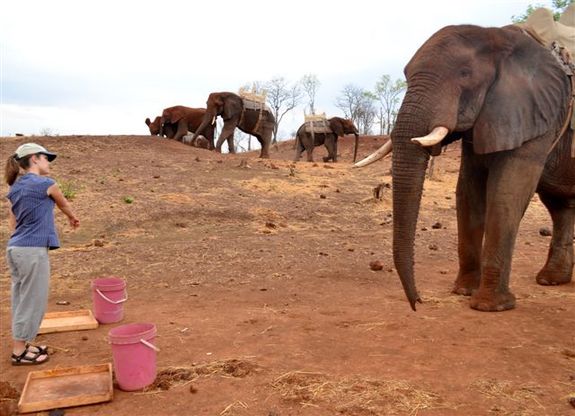
© Thinkstock
A pair of new studies in the
British Medical Journal indicate that individuals who live near a major airport run a higher risk of cardiovascular disease and stroke. In
one study, scientists from the Harvard School of Public Health discovered that American zip codes with 10-decibel higher aircraft noise averaged a 3.5-percent higher cardiovascular hospital admission rate for adults aged 65 and older.
In the
other study, a team of British scientists looked at the effects of aircraft noise around London's Heathrow airport and found that risks of hospital admissions and deaths due to stroke, heart and circulatory disease were approximately 10 to 20 percent higher in areas with the highest levels of airplane noise compared with the quietest areas.
Previous studies have found a connection between living in a loud environment and risk of high blood pressure, but not many have looked specifically at the risk of cardiovascular disease.
"These findings suggest a possible link between high levels of aircraft noise and risk of heart disease and stroke," said
Anna Hansell, lead author of the UK study and a researcher at Imperial College London's School of Public Health.
"The exact role that noise exposure may play in ill health is not well established. However, it is plausible that it might be contributing, for example by raising blood pressure or by disturbing people's sleep," she added.
"The relative importance of daytime and night-time noise also needs to be investigated further."



Comment: For more information on this topic, see On viral 'junk' DNA, a DNA-enhancing Ketogenic diet, and cometary kicks: